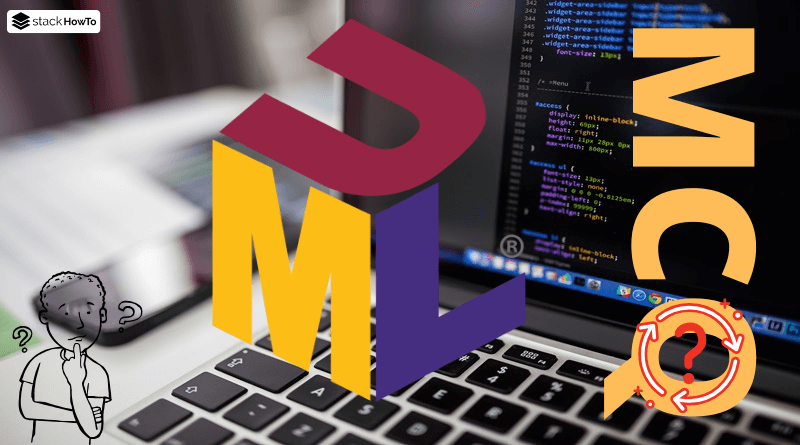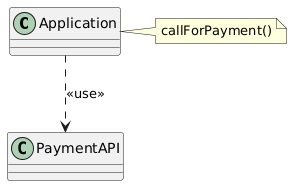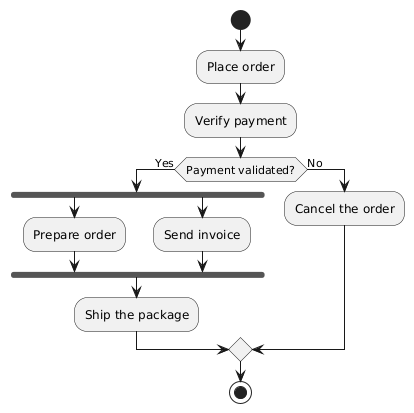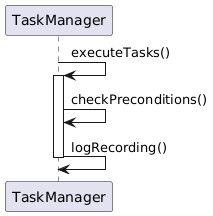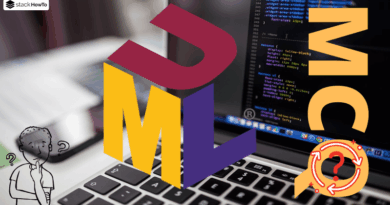UML Diagrams MCQs Questions With Answers – Part 25
Test your knowledge and boost your confidence with these multiple-choice quizzes focused on UML diagrams, foundational software engineering concepts, and real-world best practices. Designed for students, developers, and exam candidates, these MCQs offer a quick and effective way to assess your understanding and sharpen your skills.
1. What is the meaning of the <<use>> stereotype in a UML dependency?
A A class inherits from another
B A class temporarily uses another to accomplish a task
C A class is dynamically replaced by another
D A class is extended by another
2. What is the purpose of a UML profile diagram?
A To create user profiles for a software
B To model different hardware platforms
C To define an extension of the UML meta-model with stereotypes, constraints, and tags
D To organize use cases into packages
3. You are developing an e-commerce app. Which diagram represents products, shopping cart, and customer in a static model view?
A Class diagram
B Sequence diagram
C Activity diagram
D State diagram
4. In a UML component diagram, a required interface is represented by:
A An empty circle
B A box containing the word <<interface>>
C A half-moon (socket) pointing outward
D A dashed arrow pointing to an interface
5. You are creating a bike rental app. A subscription grants access to multiple rentals. What relationship is this?
A Aggregation
B Association
C Composition
D Dependency
6. In an educational app, a lesson is made up of several quizzes. These quizzes only make sense in the context of the lesson. What relationship is this?
A Aggregation
B Association
C Dependency
D Composition
7. In an activity diagram, what does a join node wait for to continue the flow?
A That only one flow arrives
B That a boolean condition is true
C That all incoming flows are completed
D That a system event triggers it
8. What does the arrow –> from Server to Client represent?
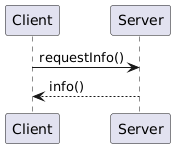
A A method call
B A response, called return message
C An exception thrown
D A class inheritance
9. You want to model a relationship between Trip and Destination, knowing that a trip must always have at least one destination. What multiplicity would you choose?
A 0..*
B 1..*
C 0..1
D 1..1
10. How do you represent a self-call (method of an object called by itself) in a sequence diagram?
A A loop of arrows returning to the lifeline
B An arrow pointing to another object of the same type
C An arrow going out and coming back on the same lifeline
D A dashed arrow with an X at the end

